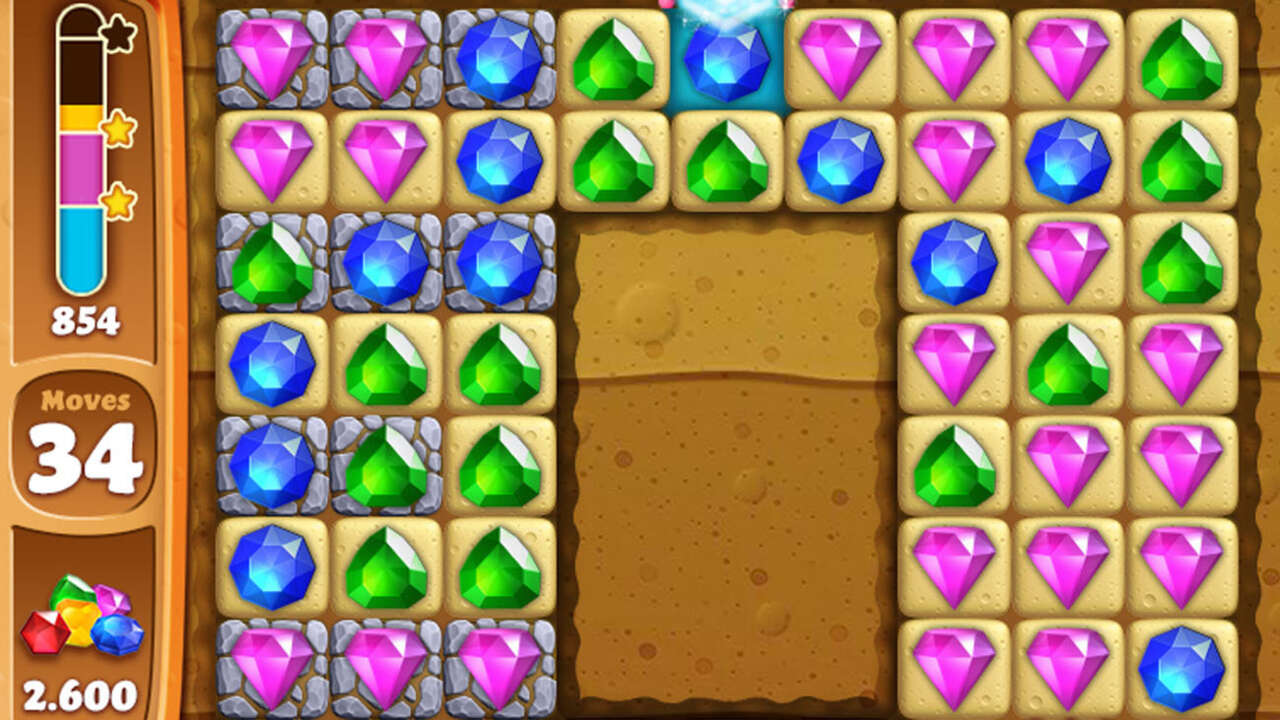Dustborn Review – IGN
The almost parodically melodramatic characters and odd combination of genres that make up Dustborn lead to an eye-rolling first impression, but as my crew of mutated misfits traveled across America whacking people with an upgraded baseball bat and talking about our feelings, I realized that there’s a lot more to it than I first thought. Dustborn is tackling big ideas, and it’s doing it with robots in bunny hats, broken-hearted biker queens, and science-fiction squid things. This mash-up of comic books, Telltale-inspired narrative adventures, and rhythm games is like a buffet of styles, story, and action, and it works better than it has any right to.
You play as Pax, an aloof conwoman transporting secret cargo to Canada with a gang of fellow superpowered smugglers posing as a punk band. It’s set in an intriguing alternate version of America where JFK was never assassinated, Marilyn Monroe is referred to as Lady Justice, and a blast of concentrated information has gifted some people with powers. Not laser eyes or flying – think more gaslighting, controlling minds with your voice, illusion magic, and more. Dustborn is primarily about making choices through dialogue and actions that drive your character toward a specific end to that road trip. Will you snuggle up with your ex? Will you tell the rest of the crew about your plan? Will you eavesdrop on their calls? (I mean that last one, obviously.)
When you’re not talking to your allies through cute conversations that sound like they should come with a mental health TikTok hashtag, there is some action too. Your punk songs at gigs will play out as timed rhythm games, you’ll capture floating entities called Echos by dragging them into place with a modded handheld, and you’ll even fight various people and robots by swinging around a boomerang baseball bat and using your commanding powers to push, freeze, or confuse enemies. I can never resist a bit of button-mashing music action, and while the combat is simplistic, it looks dope. I’d have liked more of these sections to balance out all the talking, but there’s a good chance I’m just impatient and emotionally stunted.
Either way, the pacing is Dustborn’s biggest flaw. This campaign has a slow start with enough exposition to choke a donkey, leading with a seemingly endless amount of angsty conversations before you get a chance to do anything fun with these characters. It’s particularly easy to get irritated when everything you’re doing seems to involve people getting kind of mad at you. Eventually you learn more about each band member and how to navigate your conversations, and there’s an emotional payoff to all the chit-chat, but at first Pax and the people she’s dealing with just seem a bit lame. Turns out nothing brings people together like hitting robots with a baseball bat in combat combos or rocking out as a band, and it won me over too.
Those action sequences aren’t the deepest on their own, either, so to make Dustborn a worthwhile investment you’re going to need to embrace the whole package. If you’re in it for just one mechanic, say the music, you’ll likely lose patience waiting for your next chance to jam out. Similarly, there’s no way to speed run all the emotional stuff – even if you don’t care about being a stone-cold bitch to your buddies and decide to cut them off whenever possible, you’re still going to need to analyze those decisions to move a chapter forward. I stuck with it because every time I was ready to bow out some part of a narrative thread gently pulled me back in, and I’m a sucker for robots and relationship drama.
Whether it’s in the story setup, the variety of its characters, or the way its conflicts are approached in conversations, Dustborn has clearly made a conscious effort to be as inclusive as possible. It’s to a degree that felt performative at first, and I say that as someone who is neither straight nor entirely mentally healthy, but that philosophy eventually becomes the driving force behind what makes both these characters and your decisions concerning them far more complicated and interesting. That positive message doesn’t get in the way of gameplay, because the gameplay is all about being different and finding a place in society. X-Men did it in the 80s, and now Dustborn is doing it using the issues and visual language of 2024.
When that story hits its stride and shows the confidence to have more levity in its sometimes over-serious dialogue or give you bigger chunks of autonomy, I was all in. Investigating a sinister, robot-filled research lab with my bratty little sister; getting a perfect streak during a small-town performance of a punk track; taking a robot hat shopping in an abandoned mall; using increasingly weird combos of powers in combat; it all combined with the dialogue to give emotional consequence to my choices, good or bad. I won’t be going back for a replay, but I will always think fondly of that time I went on a road trip with a bunch of weirdos and set fire to a gas station.
Check out our Latest News and Follow us at Facebook
Original Source







